Bell peppers are a popular choice for many gardeners, but to truly get the most out of your harvest, it’s important to pair them with the right companions. Growing certain plants alongside your bell peppers not only helps boost their growth but also can protect them from pests, improve soil health, and even enhance their flavor. When selecting companion plants, it’s key to choose ones that offer benefits like natural pest control or nitrogen fixation, which bell peppers will thrive on.
From basil to onions, there are several plants that complement bell peppers beautifully. These companions can help attract beneficial insects, create a more balanced ecosystem, and protect your peppers from common garden pests. Pairing bell peppers with the right plants is an easy and effective way to maximize your gardening efforts, ensuring your peppers grow strong, healthy, and productive.
Basil
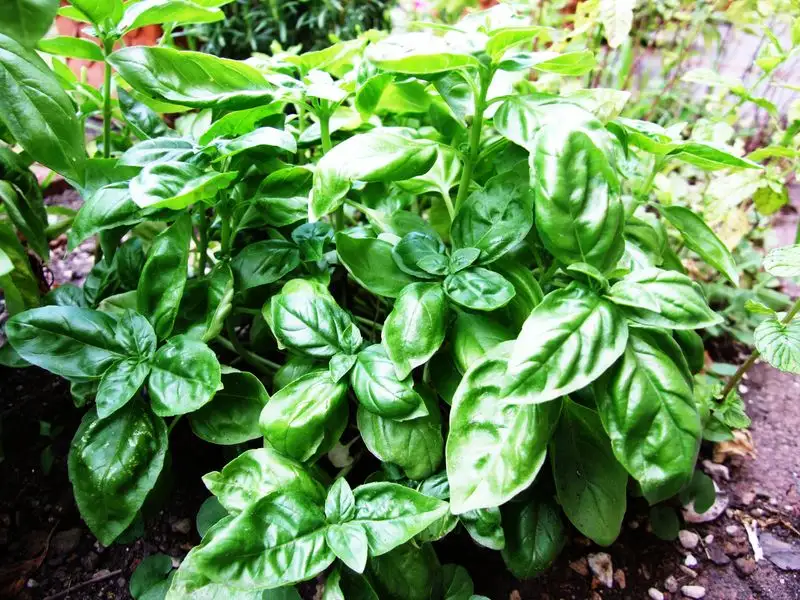
Basil not only complements bell peppers in the kitchen but also in the garden. Its aromatic leaves can act as a natural pest repellent, keeping harmful insects at bay. Plant basil near your bell peppers to help deter aphids and spider mites.
Marigold
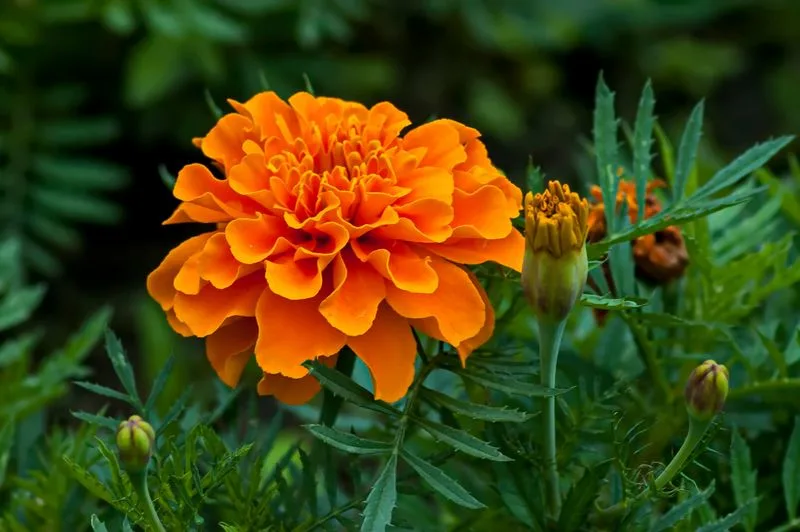
Marigolds bring a pop of color and a host of benefits to a pepper patch. These vibrant flowers are known for their ability to repel nematodes and other garden pests. Additionally, their blooms can attract beneficial insects that prey on pepper pests.
Oregano
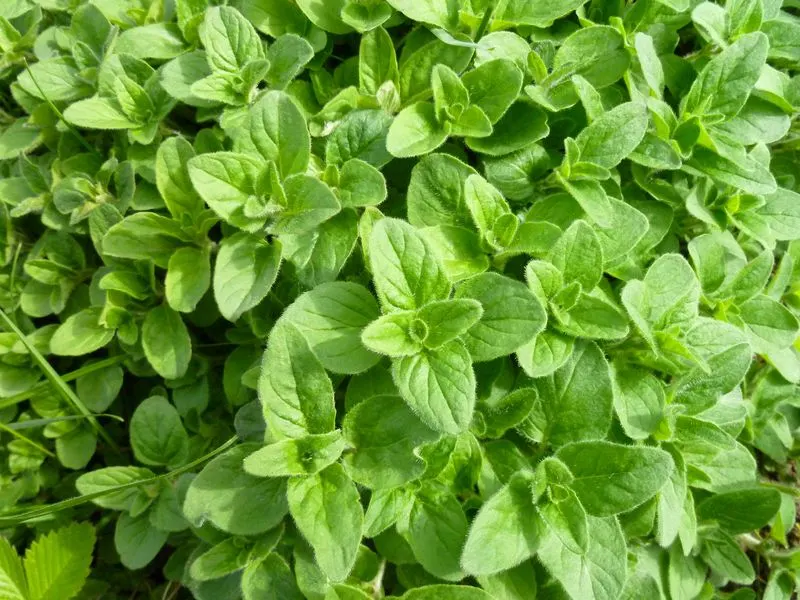
Oregano offers more than just culinary delight. In the garden, this herb can help improve the health of bell peppers by repelling insects. Its strong scent is a natural deterrent for many common pests, creating a protective barrier around your plants.
Spinach

Spinach and bell peppers make good companions, as spinach can thrive in the partial shade provided by the peppers. This leafy green doesn’t compete heavily for nutrients, allowing both plants to flourish together in harmony.
Carrots
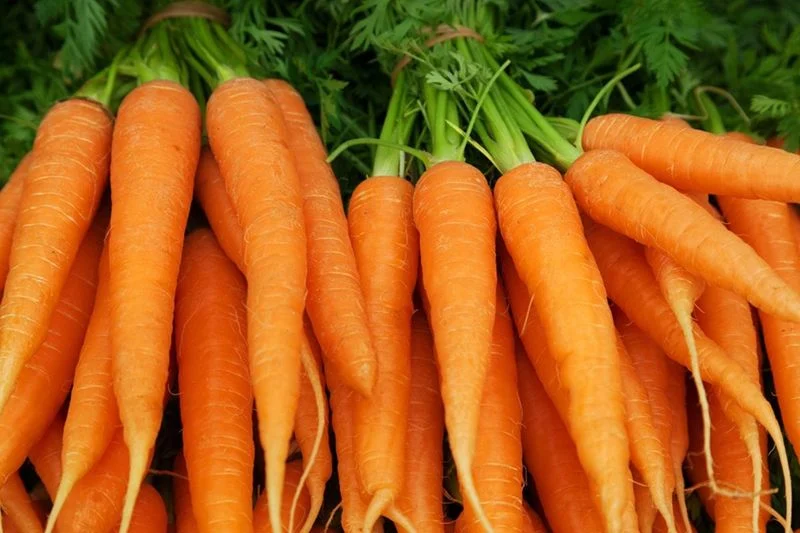
Carrots grow well with bell peppers since they root deeply, leaving surface nutrients available. This pair doesn’t compete for the same resources, making them compatible companions that can share garden space effectively.
Chives

Chives are a fantastic companion due to their natural insect-repelling properties. Their pungent aroma can help keep aphids and other pests away from bell peppers. Plus, they add delightful color to the garden with their purple blooms.
Nasturtiums
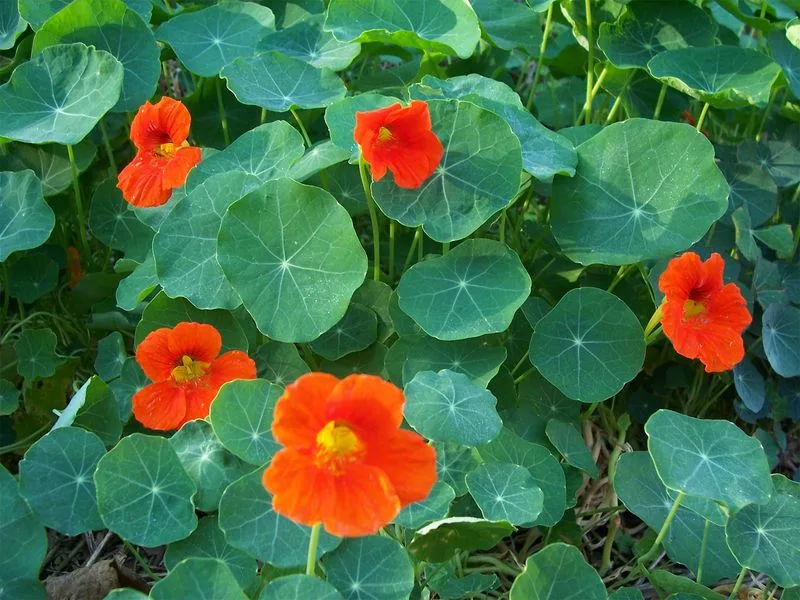
Nasturtiums are a vibrant companion plant with a dual purpose. Their flowers attract beneficial insects while deterring aphids. This makes them an excellent choice for pairing with bell peppers, adding beauty and protection to your garden.
Cilantro
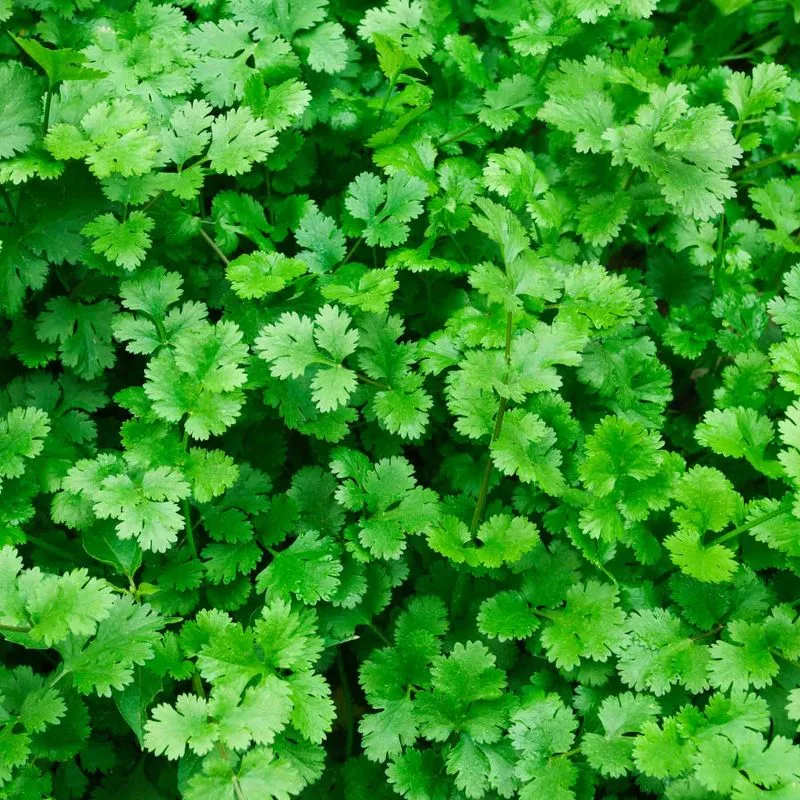
Cilantro can enhance the growing environment for bell peppers by attracting beneficial insects like hoverflies. These insects help control pest populations, creating a balanced ecosystem. Plus, cilantro’s short growth cycle makes it a convenient neighbor.
Eggplant
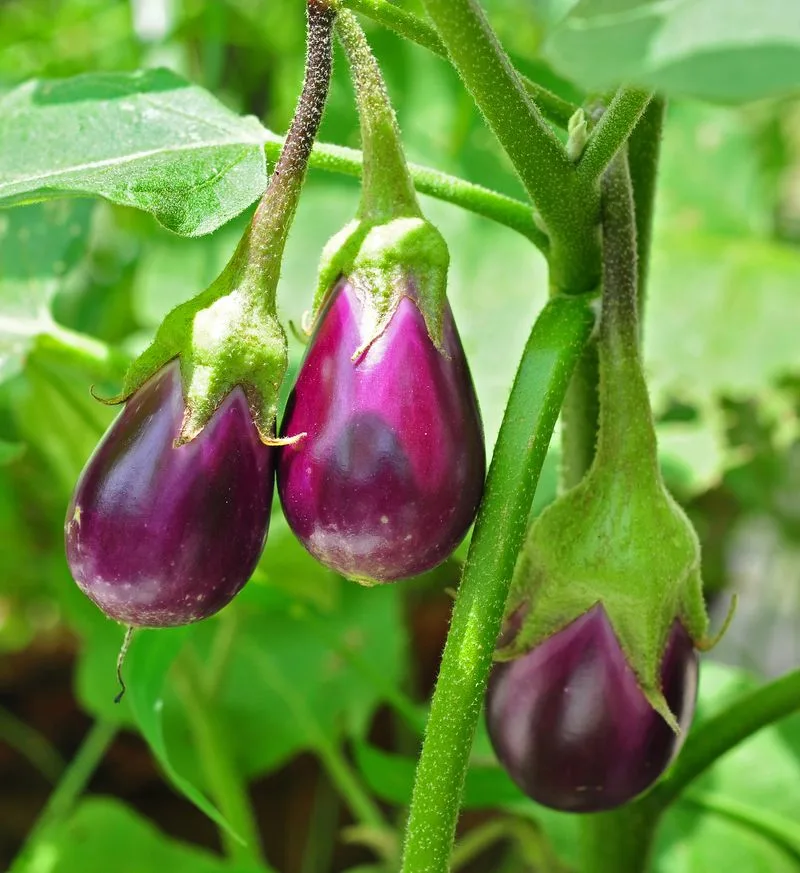
Eggplants and bell peppers share similar growing conditions, making them great neighbors. Both thrive in warm temperatures and benefit from similar watering routines, allowing them to coexist peacefully. Their complementary growth habits make them compatible.
Parsley
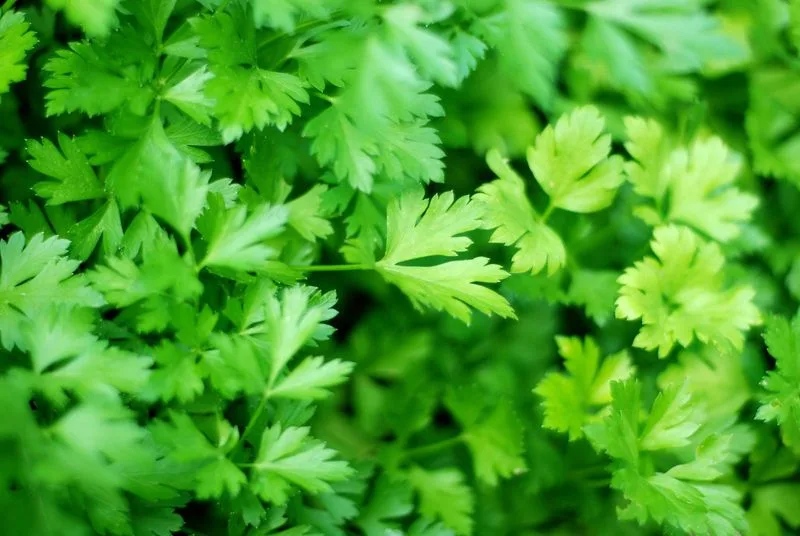
Parsley can provide shade and moisture retention for bell peppers due to its dense foliage. This can help reduce the need for frequent watering and protect peppers from the harsh sun. It’s a practical and beneficial pairing in the garden.
Beets
Beets are a root vegetable that doesn’t compete with bell peppers for sunlight or nutrients. Their underground growth allows peppers to receive full sun, making them a strategic choice for gardeners looking to maximize space and resources.
Onions
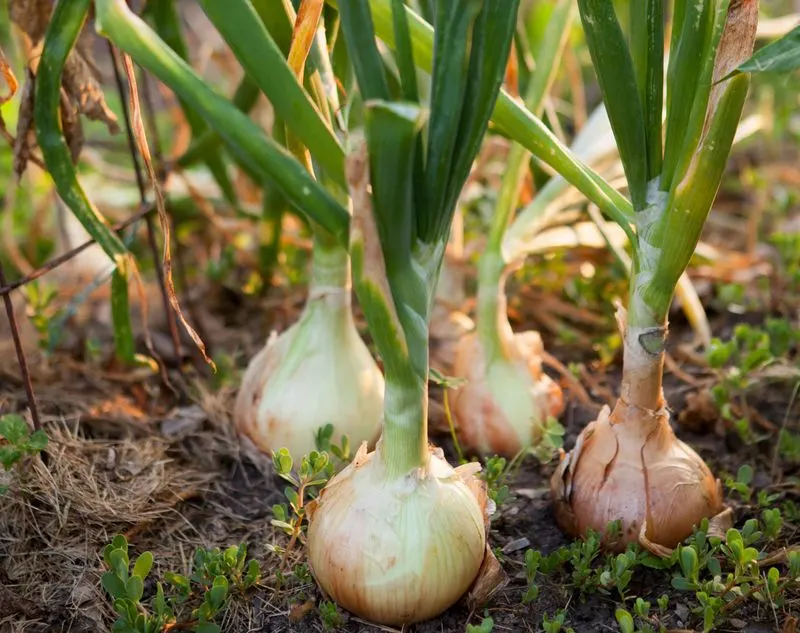
Onions offer a natural pest control solution for bell peppers. Their strong scent deters many insects that could harm peppers. This aromatic barrier helps protect your bell pepper plants while also offering a delicious addition to your harvest.
Garlic
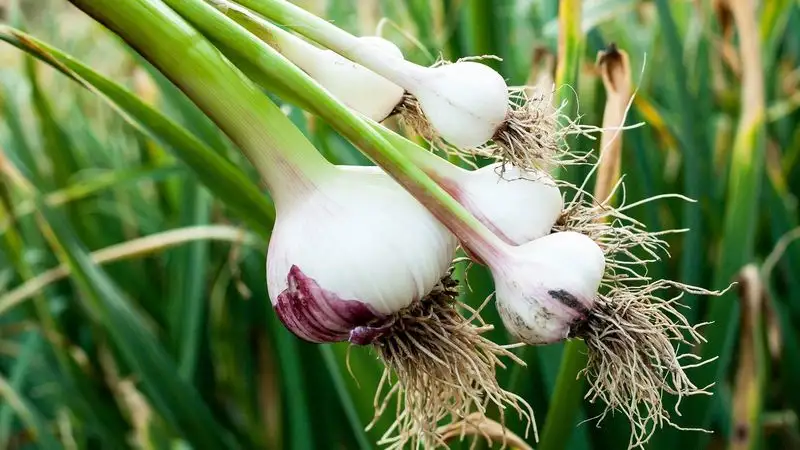
Garlic is as functional as it is flavorful. When planted near bell peppers, it acts as a natural deterrent for aphids and spider mites. Its underground growth means it won’t compete for sunlight, making it a smart companion choice.
Cucumbers
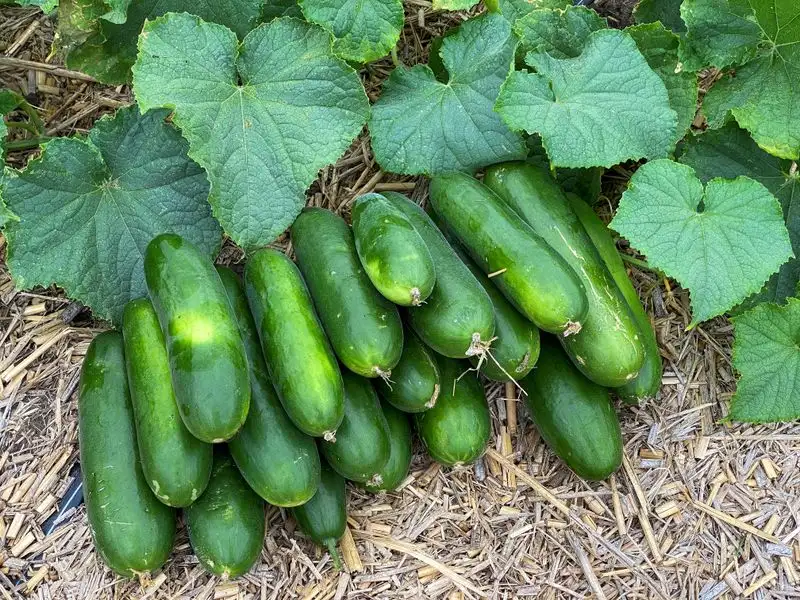
Cucumbers can share garden space with bell peppers without causing competition. Their sprawling vines provide ground cover, reducing weed growth. This cooperative arrangement helps both plants thrive by maintaining soil moisture and reducing competition.
Squash
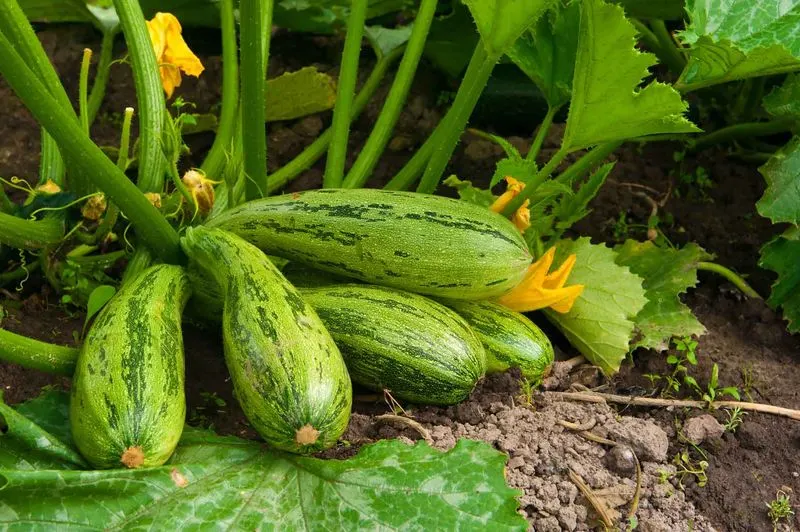
Squash plants offer ground cover, providing shade that can reduce soil moisture loss around bell peppers. This pairing helps conserve water and improve overall garden health. Their complementary growth habits and resource sharing create a supportive environment.
Zucchini
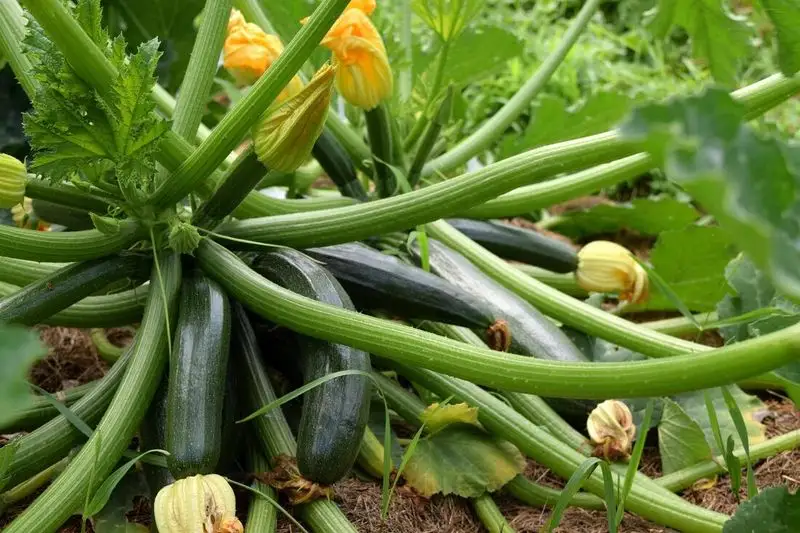
Zucchini shares similar growing conditions with bell peppers, making them suitable companions. The large leaves of zucchini plants offer shade, reducing evaporation and keeping the soil moist. This helps to maintain a comfortable environment for both plants.
Lettuce
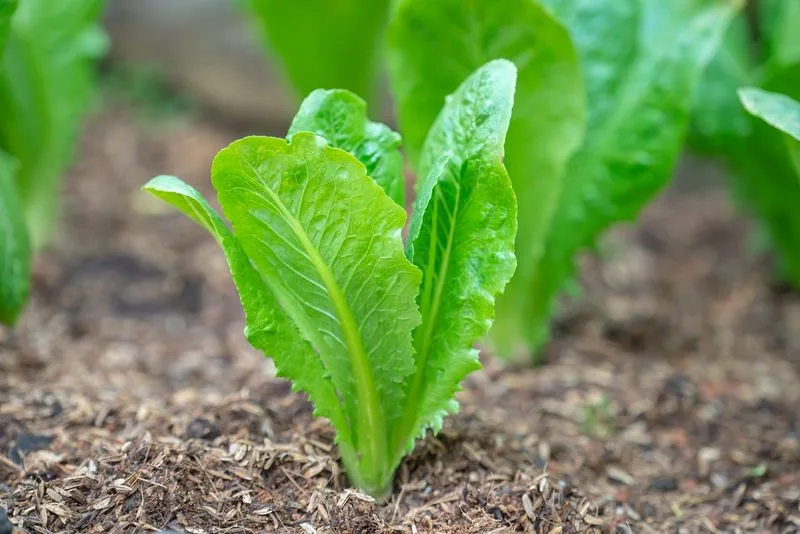
Lettuce and bell peppers grow well together due to their complementary needs. Lettuce enjoys the partial shade provided by taller pepper plants. This pairing ensures that both can thrive without competing for the same resources, making them ideal garden partners.
Radishes

Radishes mature quickly and can be harvested before peppers need more space, making them a smart companion. Their rapid growth doesn’t interfere with the slower maturing peppers, allowing for effective space utilization and a continuous harvest cycle.

